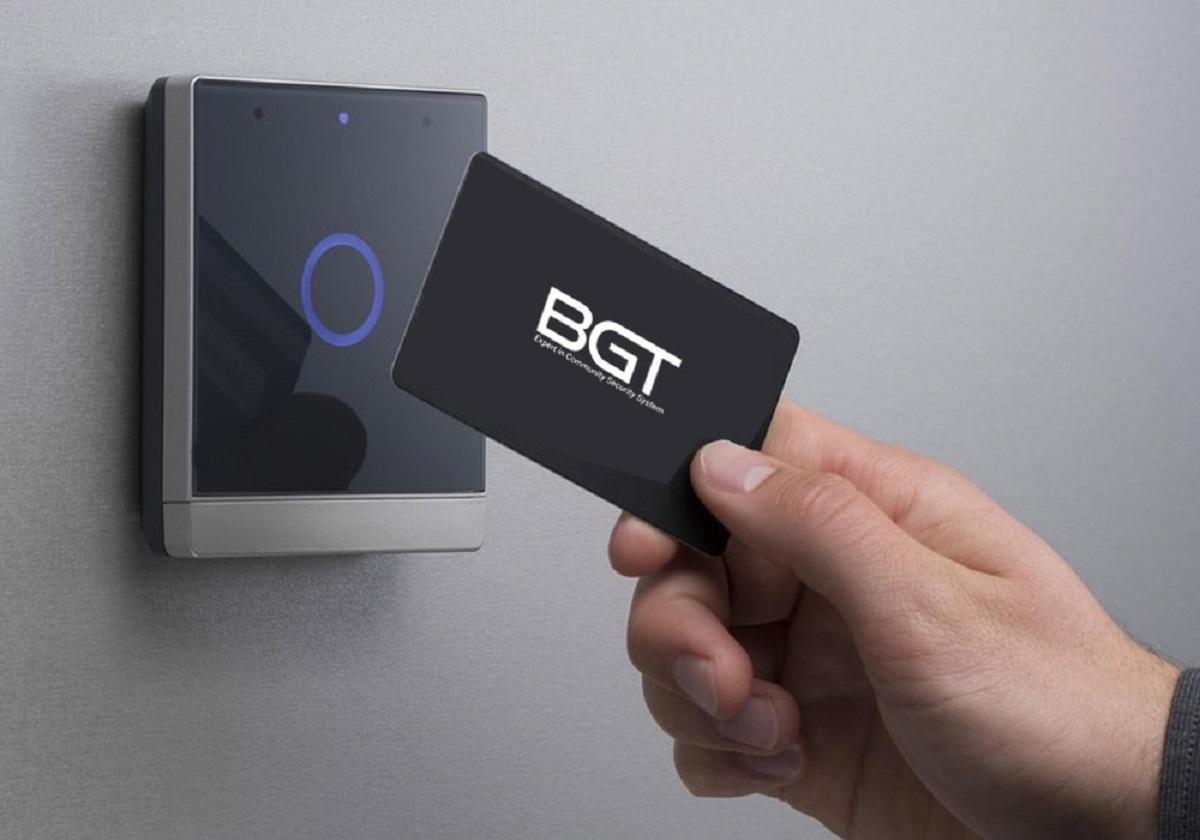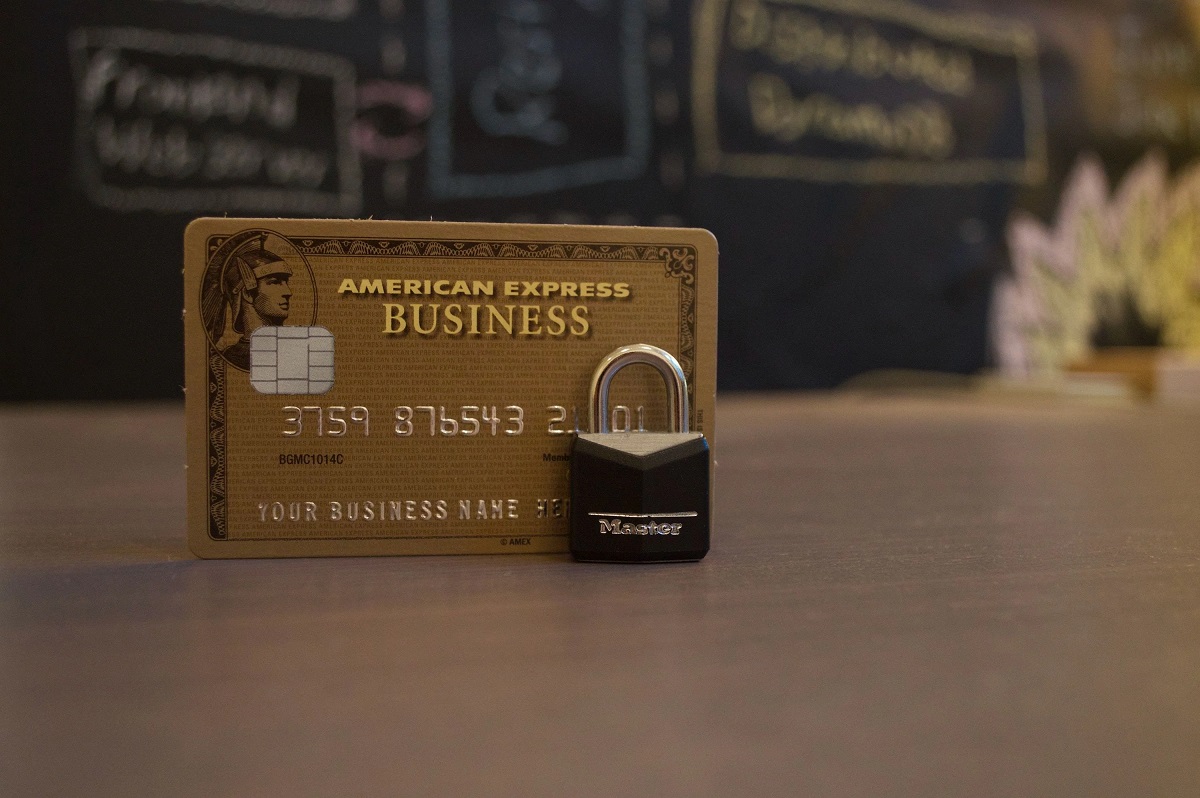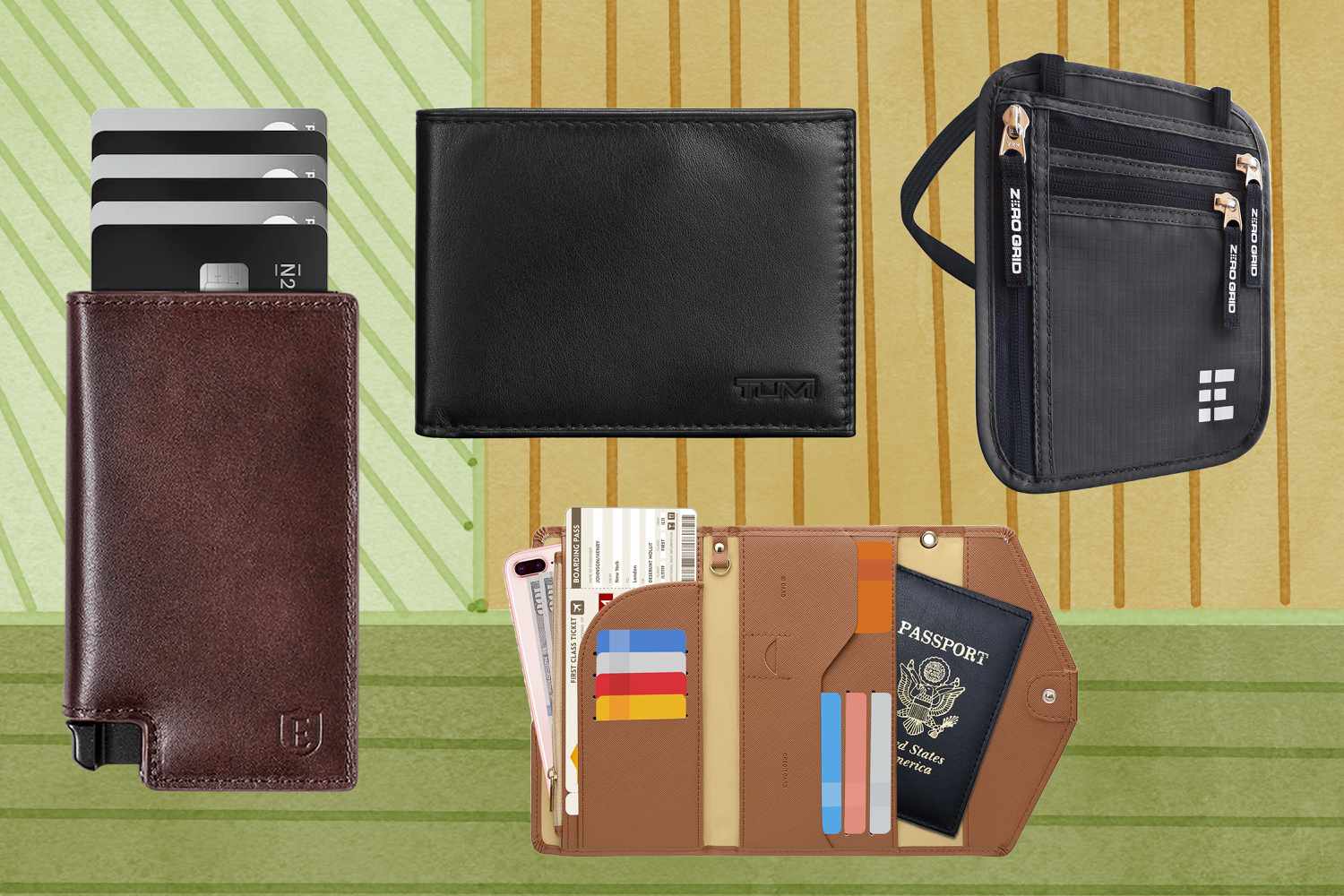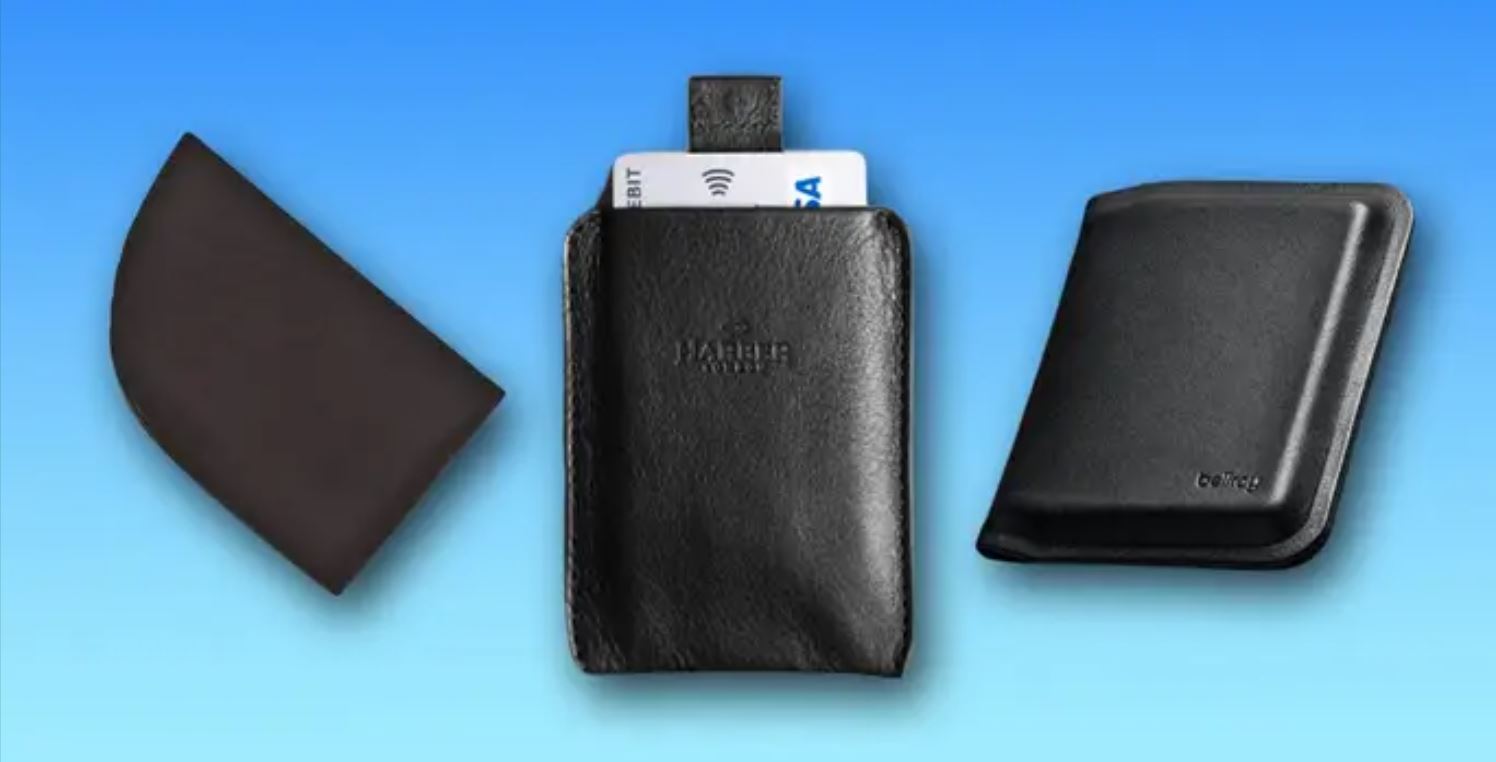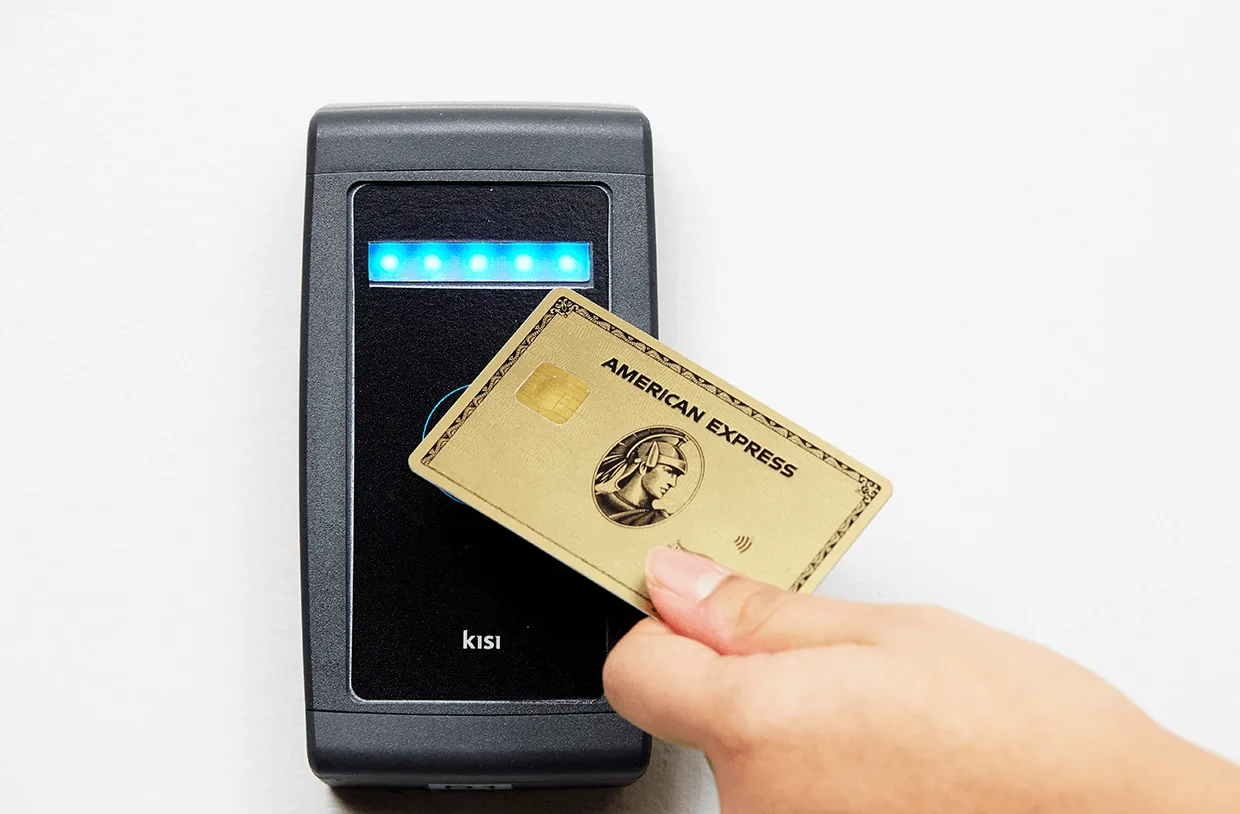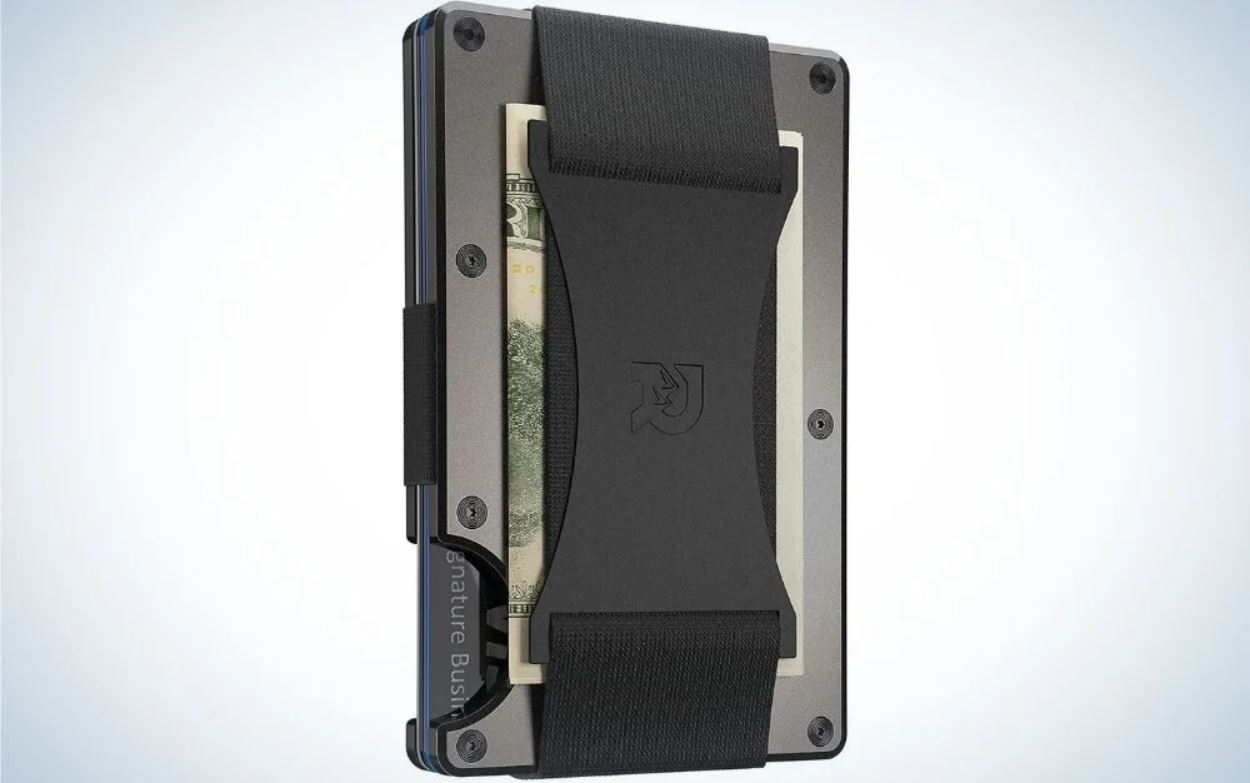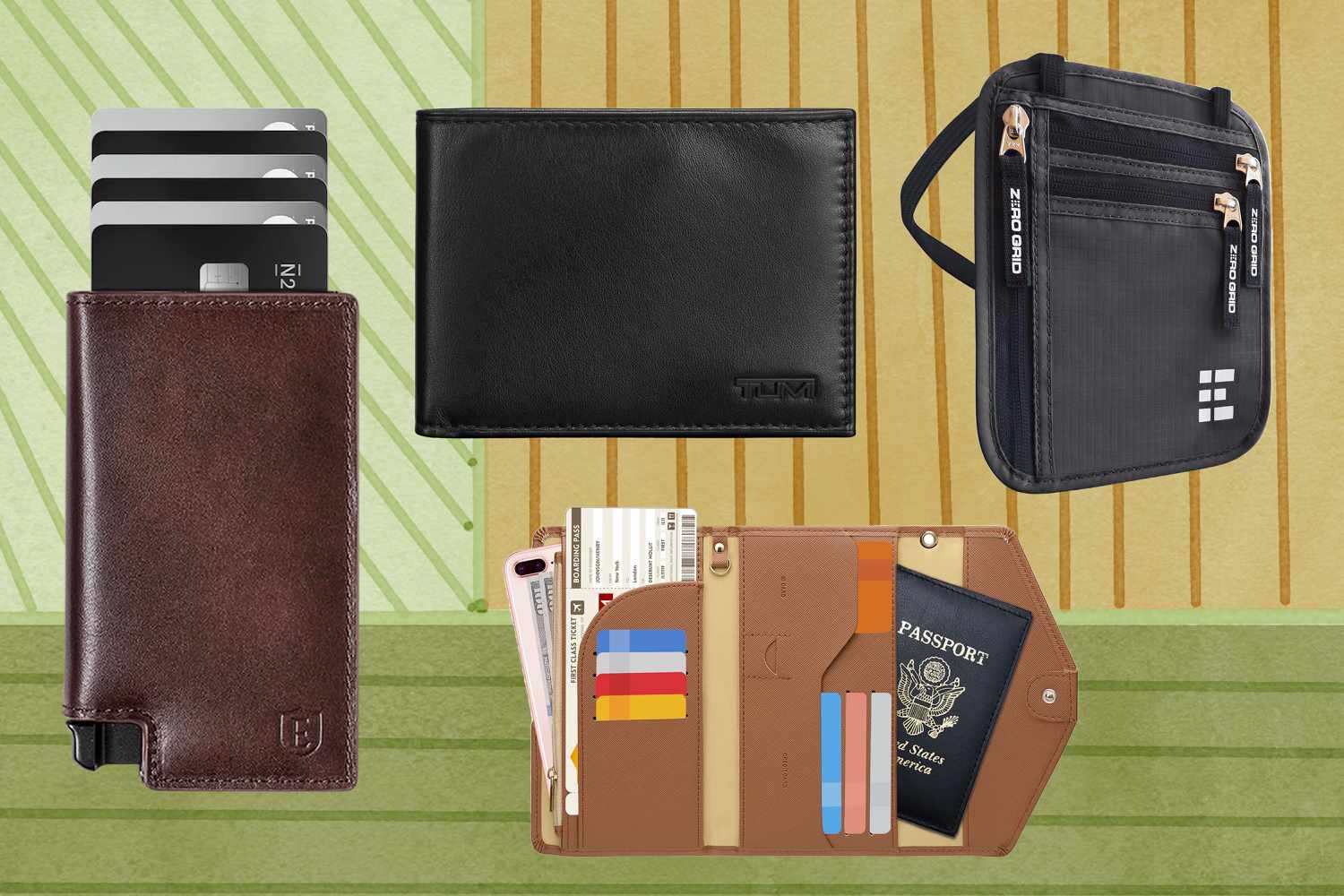Introduction
Welcome to the world of RFID cards, a technology that is revolutionizing the way we interact with everyday objects. RFID, which stands for Radio Frequency Identification, is a cutting-edge technology that uses radio waves to capture and transmit data. From access control to inventory management, RFID cards have found their way into various industries, offering convenience, efficiency, and enhanced security.
In this article, we will explore what RFID cards are, how they work, the different types available, and the benefits and applications of using these innovative cards. We will also delve into some security considerations that are essential to understand when using RFID technology.
RFID technology has become increasingly prevalent in recent years, finding its applications in various sectors such as transportation, healthcare, retail, and logistics. Understanding the fundamentals of RFID cards will empower you to make informed decisions about leveraging this technology in your personal or professional life.
So, let’s dive in and unravel the fascinating world of RFID cards.
What is RFID?
RFID, short for Radio Frequency Identification, is a technology that uses radio waves to wirelessly identify and track objects or individuals. It involves the use of RFID tags, which are small electronic devices that contain a unique identifier and can be attached to or embedded within various items. These RFID tags can be read and scanned by RFID readers or antennas, enabling the transmission of data between the tag and the reader.
The RFID system consists of three main components:
- RFID Tags: These are small electronic devices that contain an integrated circuit and an antenna. The integrated circuit stores the unique identifier and other relevant data. RFID tags come in various forms, including cards, key fobs, labels, and implants, and can be passive (powered by the energy from the RFID reader) or active (self-powered with an internal battery).
- RFID Readers: Also known as RFID interrogators, these devices transmit radio frequency signals to read the data from RFID tags within their range. RFID readers can be fixed or handheld, depending on the application.
- Backend System: This is the software and database that processes and stores the data collected by RFID readers. The backend system interprets the data received from RFID tags and integrates it into existing systems for further analysis and decision-making.
RFID technology provides a convenient and efficient method of identifying and tracking objects without the need for physical contact or line-of-sight. Unlike barcodes, which require a direct line of sight and manual scanning, RFID tags can be read from a distance and even through materials such as plastic, fabric, or cardboard.
RFID technology has evolved over the years and has found its applications in various industries. It is commonly used for inventory and supply chain management, access control and security, contactless payment systems, asset tracking, and even in identification documents such as passports and driver’s licenses.
To better understand how RFID technology works, let’s delve into the principles behind its operation in the next section.
How does it work?
At its core, RFID technology operates on the principle of electromagnetic fields and radio waves. The process involves communication between an RFID tag and an RFID reader using radio frequency signals.
When an RFID tag comes into the range of an RFID reader, it receives the reader’s radio frequency signals and uses the energy from the signals to power its integrated circuit. The integrated circuit then activates and transmits the stored data back to the reader through the tag’s antenna.
There are two main types of RFID systems that differ in how the tags and readers communicate:
- Passive RFID System: In a passive RFID system, the RFID tags rely entirely on the energy received from the reader’s signals to transmit data. The reader emits radio frequency signals, which induce a current in the tag’s antenna. This current powers the integrated circuit, allowing the tag to respond to the reader’s query by transmitting its unique identifier and any additional data stored on the tag.
- Active RFID System: Active RFID systems, on the other hand, utilize RFID tags that have their own internal power source, usually in the form of a battery. These tags can continuously transmit their unique identifier at regular intervals or in response to a query from the reader. Active RFID tags have a longer range and are often used in applications that require real-time location tracking or longer read distances.
RFID technology offers several advantages over traditional identification and tracking methods. It enables rapid and automatic data capture, improving efficiency and reducing errors. RFID tags can be read without requiring line-of-sight, allowing for seamless and contactless operations. Additionally, RFID systems can handle a large number of tags simultaneously, making them suitable for high-volume environments.
It’s worth mentioning that the range of an RFID system can vary depending on various factors such as the frequency used, the power of the reader, and the environment. Short-range RFID systems typically operate within a few centimeters to a few meters, while long-range systems can reach tens of meters or more.
The ability to wirelessly identify and track objects or individuals with ease makes RFID technology invaluable in numerous applications across various industries. In the next section, we will explore the different types of RFID cards available in the market.
Types of RFID Cards
RFID cards come in a variety of types, each tailored for specific applications and requirements. These cards are embedded with an RFID chip and antenna, allowing them to communicate with RFID readers. Here are some common types of RFID cards:
- Access Control Cards: Access control cards are widely used in buildings and facilities for security purposes. These cards grant authorized individuals access to restricted areas. RFID technology provides a more secure and convenient alternative to traditional keys or keycards. Access control cards can be programmed to allow or restrict access based on the individual’s credentials.
- Payment Cards: RFID payment cards, also known as contactless payment cards, have gained popularity in recent years. These cards enable quick and convenient transactions by simply tapping or waving the card near a payment terminal. The RFID technology embedded in these cards securely transmits payment information to the terminal, eliminating the need for physical contact or inserting the card into a reader.
- Transportation Cards: RFID cards are extensively used in transportation systems for seamless ticketing and fare collection. Commonly known as smart cards or transit cards, these RFID-enabled cards allow passengers to tap or swipe their cards at entry points to gain access to buses, trains, or subway systems. The card deducts the appropriate fare automatically, making travel more efficient and hassle-free.
- Identification Cards: Identification cards, such as employee badges or student cards, often incorporate RFID technology for a wide range of applications. These cards can store personal information and serve as a means of identification and authentication within organizations, schools, or events. RFID-enabled identification cards offer enhanced security and convenience in scenarios where manual verification may be time-consuming or impractical.
- Inventory Management Cards: RFID cards play a crucial role in inventory management and supply chain operations. These cards are attached to items or packaging and are used to track and monitor the movement of products throughout the supply chain. By scanning RFID cards, businesses can efficiently manage stock levels, track shipments, and streamline logistics processes.
It’s important to note that the functionality and capabilities of RFID cards can vary depending on the specific application and the system they are integrated with. Additionally, RFID technology continues to evolve, leading to the emergence of new types of RFID cards and expanding their applications further.
Now that we have explored the different types of RFID cards, let’s move on to discovering the benefits of using these advanced cards in various industries and settings.
The Benefits of Using RFID Cards
RFID cards offer numerous advantages across various industries and applications. Let’s explore some of the key benefits of using RFID cards:
- Convenience: RFID technology provides a seamless and contactless user experience. With just a tap or wave of an RFID card, users can gain access, make payments, or perform other actions quickly and effortlessly. This convenience saves time, eliminates the need for physical contact, and enhances overall user satisfaction.
- Efficiency: RFID cards enable efficient data capture and processing. Compared to traditional identification or tracking methods, RFID technology allows for rapid and simultaneous scanning of multiple cards. This capability significantly improves workflow and reduces waiting times, increasing operational efficiency.
- Accuracy: RFID technology ensures high accuracy in data collection. The automated nature of RFID systems minimizes human error and eliminates manual data entry. This accuracy leads to improved inventory management, enhanced security, and streamlined processes.
- Security: RFID cards offer enhanced security features, making them suitable for access control and identification purposes. The unique identifiers embedded in RFID cards provide secure authentication, reducing the risk of unauthorized access or fraudulent activities. Additionally, RFID systems can track the whereabouts of cards, ensuring greater accountability and control.
- Versatility: RFID cards can be customized to suit specific requirements and integrate with existing systems. They can be programmed to store additional data or serve multiple functions, offering versatility across different industries. From transportation to healthcare, RFID cards provide flexible solutions for a wide range of applications.
- Scalability: RFID technology is scalable, allowing for seamless expansion as needs evolve. Whether it’s adding new access points, integrating with additional systems, or increasing the number of cards in use, RFID systems can easily accommodate growth and scale accordingly.
The benefits of RFID cards extend beyond these key advantages, making them a valuable tool in improving operations and enhancing the overall user experience. From boosting efficiency to providing enhanced security, RFID technology offers organizations and individuals a range of benefits that contribute to their success.
Now that we have explored the benefits of RFID cards, let’s take a look at some common applications of this technology in different industries.
Common Applications of RFID Cards
RFID cards find applications in various industries and sectors, providing innovative solutions for identification, tracking, and access control. Let’s explore some of the common applications of RFID cards:
- Access Control and Security: RFID cards are widely used for access control in buildings, offices, and other secured areas. These cards grant authorized individuals access to restricted areas, enhancing security and preventing unauthorized entry.
- Transportation and Ticketing: RFID cards, also known as smart cards, are extensively used in transportation systems for ticketing and fare collection. Passengers can simply tap their RFID cards at entry points to gain access to buses, trains, or subways, making the commute more efficient and hassle-free.
- Retail and Inventory Management: RFID cards enable efficient inventory management in retail and supply chain operations. By attaching RFID tags to products, businesses can track inventory levels, monitor stock movements, and streamline order fulfillment processes.
- Contactless Payments: RFID payment cards, such as contactless credit cards or mobile wallets, offer a convenient and secure method of making transactions. Users can simply tap or wave their RFID cards at payment terminals to initiate the payment process, eliminating the need for physical contact or the insertion of a card into a reader.
- Event Management: RFID cards are utilized in event management to facilitate seamless access control, registration, and identification of attendees. These cards can streamline entry processes, enhance security, and enable personalized experiences for event participants.
- Healthcare Applications: RFID cards are utilized in healthcare for patient identification, medication administration, and asset tracking. RFID technology improves patient safety, streamlines workflows, and ensures the accurate tracking of medical equipment and supplies.
- Library Management: RFID cards are used in libraries to automate the borrowing and returning of books. With RFID-enabled library cards, books can be easily scanned and tracked, simplifying the entire library management process.
- Hospitality and Leisure: RFID cards are employed in hotels and resorts for guest identification, room access, and cashless transactions. Guests can use their RFID cards for various amenities, such as accessing their hotel rooms, making purchases, or enjoying recreational activities.
These are just a few examples of the many applications where RFID cards have proven to be invaluable. With their versatility and ability to streamline processes, RFID cards are transforming industries and simplifying everyday interactions.
Now that we have explored the common applications of RFID cards, it’s essential to consider some security considerations associated with this technology. Let’s delve into these considerations in the next section.
Security Considerations with RFID Cards
While RFID cards offer numerous benefits, it’s important to be aware of the security considerations associated with their use. Understanding these considerations can help mitigate potential risks and ensure the safe and secure use of RFID cards. Here are some key security considerations:
- Data Privacy: Protecting the data stored on RFID cards is crucial. It’s essential to ensure that sensitive information, such as personal identification data or financial details, is properly encrypted and secured. Employing robust encryption algorithms and following best practices in data handling can help safeguard against unauthorized access and data breaches.
- Unauthorized Access: RFID cards can be susceptible to unauthorized access if not properly secured. Hackers or malicious individuals may attempt to intercept or clone RFID signals to gain unauthorized entry or steal sensitive information. Implementing secure authentication protocols and employing additional security measures, such as password protection or biometric authentication, can enhance the overall security of RFID cards.
- Physical Security: Protecting the physical integrity of RFID cards is essential. Cards can be susceptible to physical tampering or theft. Ensuring that RFID cards are properly stored and protected when not in use, using card sleeves or wallets designed to block unauthorized scanning, can help prevent physical attacks and maintain the integrity of the cards.
- Privacy Concerns: RFID technology, particularly in applications like access control or tracking, may raise privacy concerns. It’s important to clearly communicate the purpose and use of RFID systems to users and ensure compliance with privacy regulations. Implementing appropriate consent mechanisms and providing transparency regarding data collection and usage can address privacy concerns and build trust.
- System Vulnerabilities: Like any technology, RFID systems can have vulnerabilities that can be exploited by attackers. Regular security assessments, system updates, and monitoring for potential vulnerabilities are essential to mitigate the risk of unauthorized access or data breaches. Employing industry-standard security practices and working with trusted suppliers can help ensure the integrity and robustness of RFID systems.
By considering these security aspects and implementing appropriate measures, organizations and individuals can maximize the benefits of RFID cards while minimizing potential security risks. Stay abreast of emerging security threats and advancements in RFID technology to continuously improve the security posture and protect valuable data.
Now that we have explored the security considerations of RFID cards, let’s conclude our exploration of this fascinating technology.
Conclusion
RFID cards have revolutionized the way we interact with everyday objects, providing convenience, efficiency, and enhanced security across various industries. By harnessing the power of radio frequency identification technology, these cards enable seamless access control, contactless payment, efficient inventory management, and more.
Throughout this article, we have explored the fundamentals of RFID technology, including the types of RFID cards, their benefits, common applications, and security considerations. RFID cards offer unparalleled convenience, allowing individuals to access restricted areas, make quick payments, and streamline various processes with just a tap or wave.
From access control and transportation to retail and healthcare, the applications of RFID cards are vast and continue to expand. These versatile cards provide accurate identification, efficient tracking, and enhanced security in a wide range of scenarios.
However, it is essential to be mindful of potential security risks associated with RFID cards. By addressing data privacy concerns, implementing strong authentication protocols, protecting against unauthorized access, and considering physical security, organizations and individuals can safeguard the integrity of RFID card systems.
As technology advances, so does the evolution of RFID cards. Continuous research and development in the field continue to enhance the capabilities and security of RFID systems. Staying informed about the latest advancements can help unlock even more potential and possibilities for these innovative cards.
In conclusion, RFID cards have undoubtedly transformed the way we navigate and interact with our environment. Their convenience, efficiency, and security benefits are undeniable, making RFID technology an integral part of our lives. As the world becomes increasingly interconnected, the applications and potential of RFID cards will only continue to expand, delivering even greater value in various industries and sectors.







